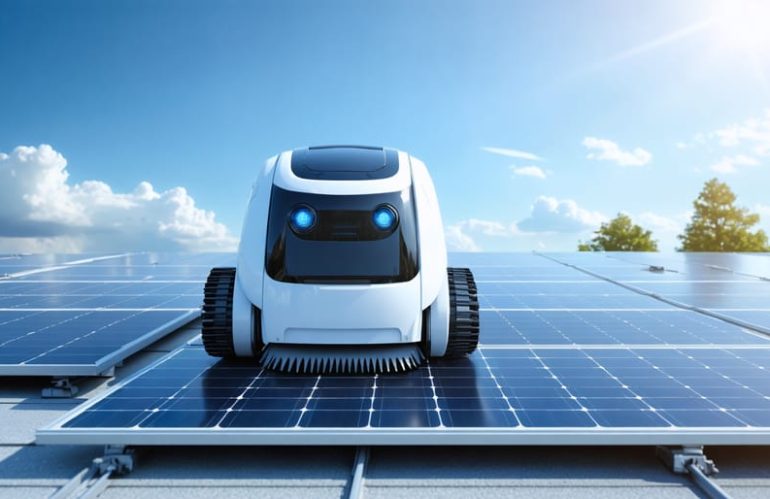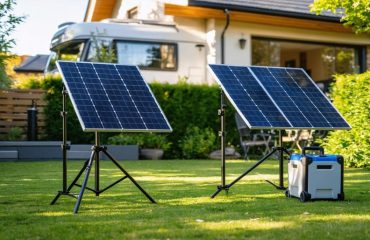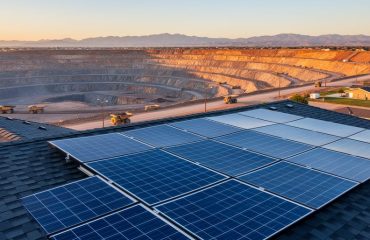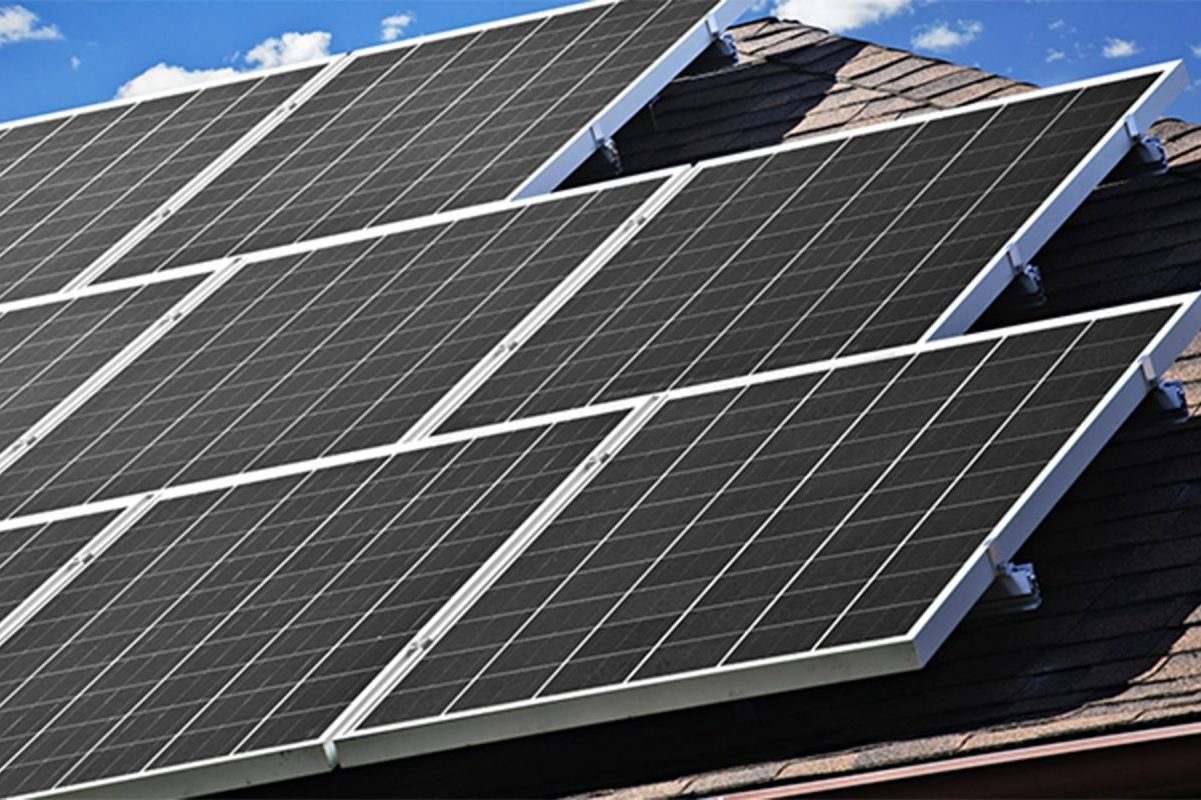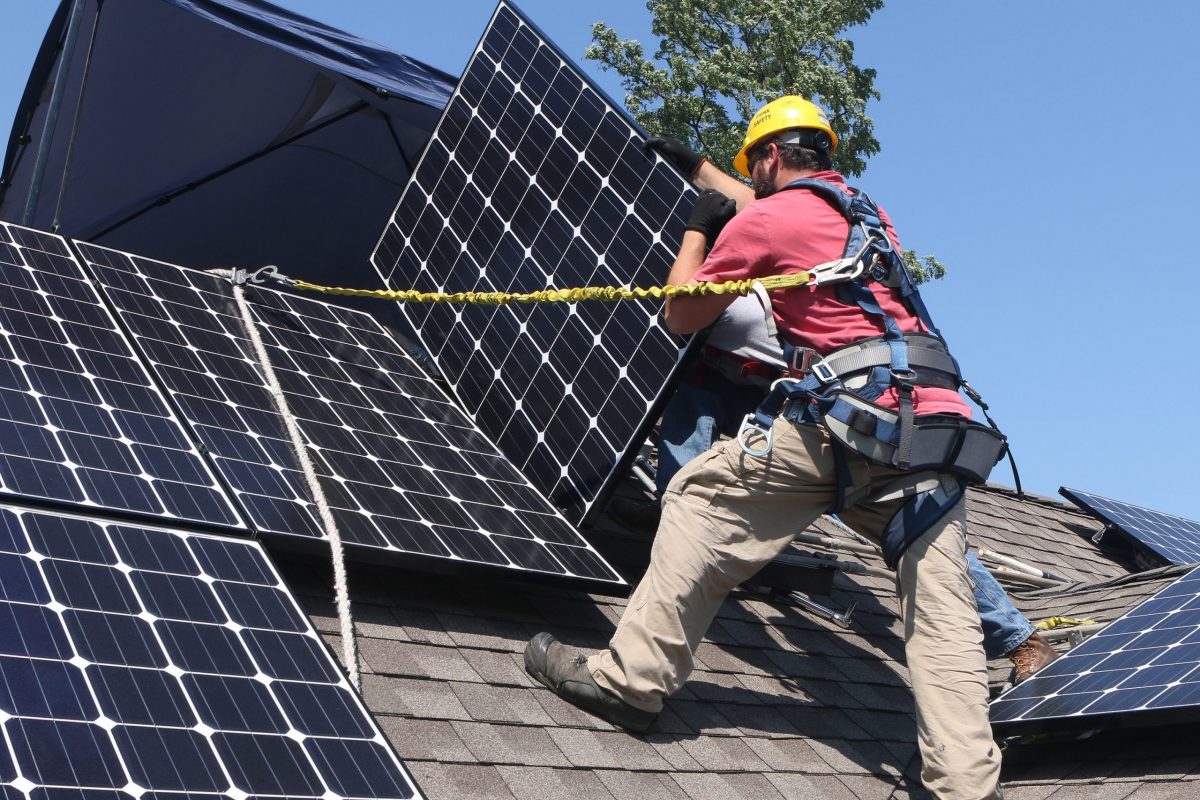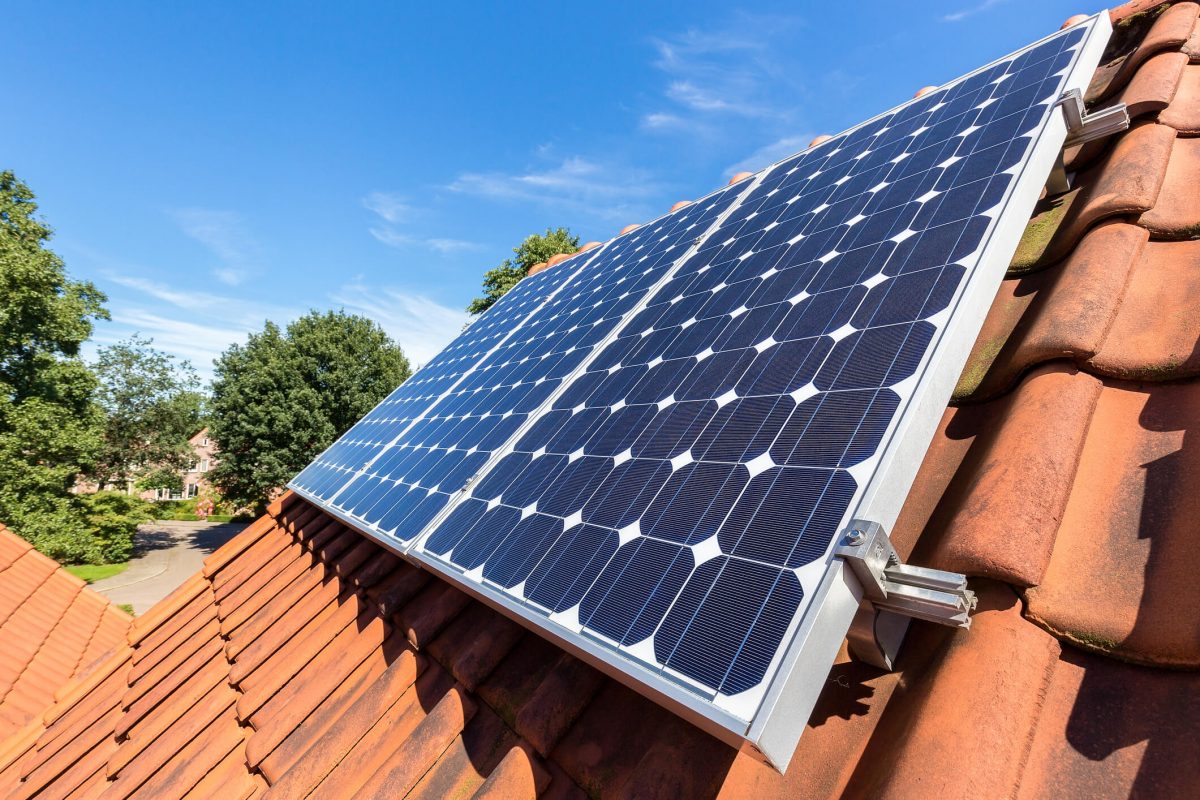Revolutionize your solar panel maintenance with autonomous cleaning robots that boost energy production by up to 30% while eliminating risky manual cleaning. These innovative machines, designed to complement modern solar-integrated home design, use advanced sensors and microfiber technology to remove dust, pollen, and debris that diminish panel efficiency. By implementing scheduled cleaning routines, homeowners can maximize their solar investment without climbing ladders or hiring expensive cleaning services. These weather-resistant robots operate silently, consuming minimal power while protecting your panels from scratches and water waste – making them an intelligent addition to any solar-powered home. Their self-monitoring systems alert you to maintenance needs and automatically adjust cleaning patterns based on environmental conditions, ensuring optimal performance year-round.
Why Clean Solar Panels Matter for Your Home
The Real Cost of Dirty Solar Panels
Did you know that dirty solar panels can reduce your system’s efficiency by up to 25%? For typical residential solar installations, this translates to significant financial losses. A home with a 6kW system could lose between $180 and $450 annually due to dirt accumulation alone.
Studies show that areas with limited rainfall or high pollution levels experience even greater efficiency drops, sometimes reaching 30% or more. Desert regions are particularly vulnerable, with dust and sand reducing power output by up to 40% in just a few months without cleaning.
The math is simple: if your solar panels generate $1,200 in energy savings annually, dirty panels could cost you $300 or more each year. Over the typical 25-year lifespan of solar panels, that adds up to thousands in lost savings. Regular cleaning isn’t just about maintenance – it’s an investment that pays for itself many times over.

Common Debris That Affects Panel Performance
Solar panels commonly face a variety of debris that can reduce their efficiency. Dust and dirt are the most frequent offenders, creating a thin film that blocks sunlight from reaching the cells. Pollen, especially during spring, can stick to panels and create a stubborn yellow coating. Bird droppings are particularly problematic as they not only block light but can also be corrosive to panel surfaces if left untreated.
In urban areas, soot and industrial residue often settle on panels, while coastal regions deal with salt spray buildup. Tree sap and fallen leaves are seasonal challenges that can create hard-to-remove spots. During winter, snow accumulation can completely block panels, while mineral deposits from hard water used in manual cleaning can leave lasting residue.
Understanding these common types of debris helps homeowners choose the right cleaning solution and maintain optimal panel performance year-round.
How Robotic Solar Panel Cleaners Work
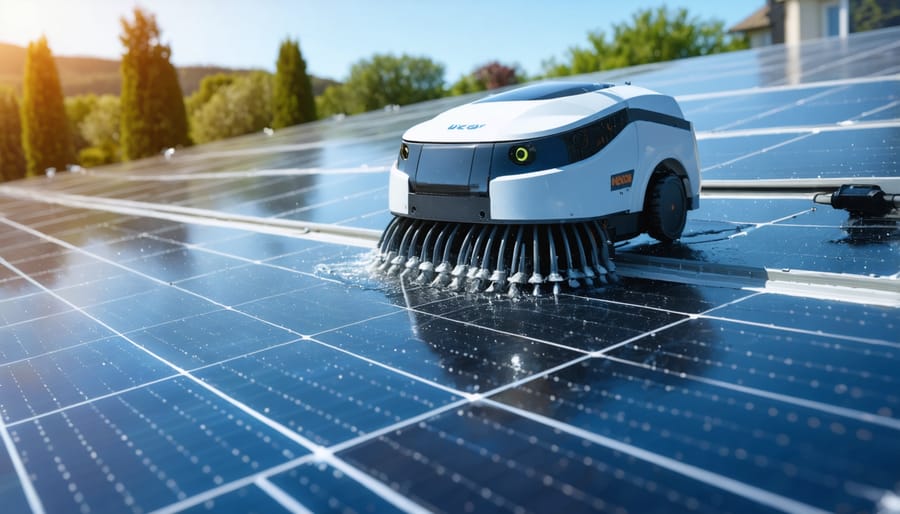
Key Features of Modern Cleaning Robots
Modern robotic solar panel cleaners come packed with innovative features that make solar maintenance easier and more efficient than ever. These smart devices use advanced sensors to navigate across your panels safely, detecting edges and obstacles while maintaining optimal cleaning pressure.
Most models feature soft microfiber brushes or specialized cleaning pads that effectively remove dust, pollen, and bird droppings without scratching your valuable panels. The cleaning action is enhanced by programmable spray systems that dispense just the right amount of water or cleaning solution, ensuring thorough cleaning while conserving resources.
Weather-smart technology allows these robots to monitor conditions and automatically schedule cleaning sessions during optimal weather. Many units can even return to their charging stations when batteries run low or when rain is detected, protecting your investment.
Remote monitoring capabilities let you control and schedule cleaning sessions through smartphone apps, while built-in cameras provide real-time feedback on cleaning progress and panel condition. Some advanced models even generate maintenance reports and alert you when they detect potential panel issues.
Energy efficiency is a key feature, with most robots using minimal power from your solar system to operate. Their lightweight design and soft-touch wheels ensure they won’t damage your panels, while their autonomous operation means you can maintain peak solar performance without climbing onto your roof.
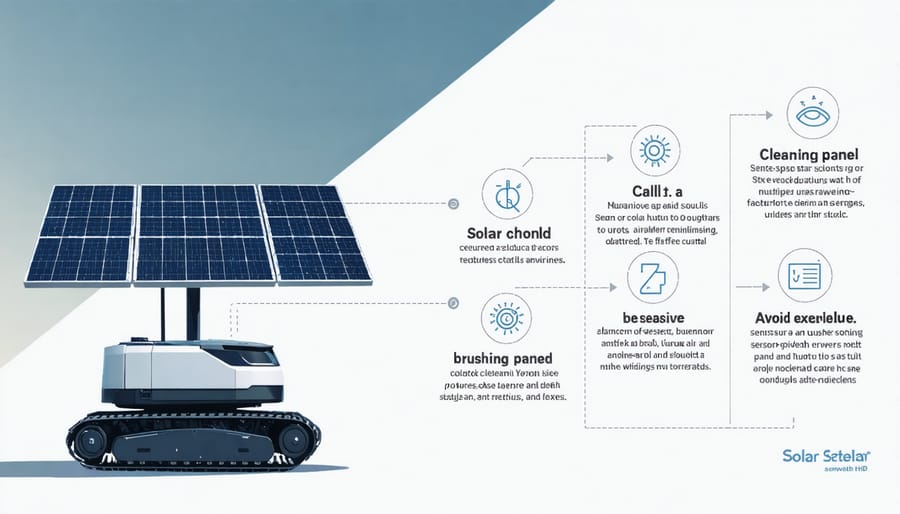
Safety and Panel Protection
Modern robotic solar panel cleaners are designed with advanced safety features to protect your valuable solar investment. These smart devices use soft microfiber brushes and gentle cleaning patterns that effectively remove dirt without scratching or damaging the panel surface. Most models are equipped with pressure sensors that automatically adjust the cleaning force based on the panel’s surface condition.
The robots’ weight distribution system ensures even pressure across the panels, preventing stress points that could lead to micro-cracks or structural damage. Many units feature specialized rubber tracks or wheels with protective padding that won’t leave marks or cause wear on the panel frames.
To prevent water damage, these cleaners use precise water dispensing systems that provide just enough moisture for effective cleaning without oversaturation. The cleaning solutions used are specifically formulated to be panel-safe, avoiding harsh chemicals that could deteriorate the protective glass coating or seal materials.
Safety features like emergency stop mechanisms and edge detection prevent accidents and ensure the robot stays securely on the panel surface. Some advanced models even include weather monitoring capabilities, automatically returning to their charging stations during adverse conditions that could compromise cleaning safety.
These protective measures mean you can maintain your panels’ peak efficiency without worrying about inadvertent damage, helping preserve both your panels’ warranty and their long-term performance.
Benefits of Automated Panel Cleaning
Time and Labor Savings
Keeping your solar panels clean just got a whole lot easier with robotic solar panel cleaners. These automated helpers can save homeowners significant time and effort compared to traditional manual cleaning methods. Instead of climbing ladders or hiring professional cleaners several times a year, you can let your robotic cleaner do the work while you focus on other activities.
A typical manual solar panel cleaning session can take anywhere from 2-4 hours, depending on your system size and accessibility. Professional cleaning services often charge by the panel or hour, with costs quickly adding up. In contrast, robotic cleaners work autonomously on a programmed schedule, requiring minimal oversight once properly set up.
These smart devices are particularly valuable for solar installations in hard-to-reach places or on steep roofs where manual cleaning might be dangerous. They can operate during optimal times, such as early morning or evening, when panels are cooler and cleaning is most effective. Many models can even detect weather conditions and adjust their cleaning schedule accordingly.
For busy homeowners, the convenience factor cannot be overstated. Regular cleaning schedules can be maintained without remembering to book service appointments or spending weekends on maintenance. Some advanced models even send cleaning reports to your smartphone, keeping you informed about your panels’ maintenance status without requiring constant monitoring.
Consistent Performance Maintenance
Regular automated cleaning schedules provided by robotic solar panel cleaners deliver consistent, reliable performance that manual cleaning simply can’t match. By maintaining a programmed cleaning routine, these robots ensure your panels operate at peak solar power efficiency year-round, without the inconsistencies of manual maintenance.
Think of it as having a diligent caretaker that never takes a day off. These robots can be programmed to clean your panels during optimal times, such as early morning or evening when panels are cooler and dirt accumulation is highest. This consistent care prevents the gradual buildup of dust, pollen, and other debris that can significantly reduce your system’s energy production.
The beauty of automated cleaning lies in its preventative nature. Instead of waiting until visible dirt accumulation affects performance, robotic cleaners maintain a pristine surface continuously. This proactive approach helps avoid the energy dips that typically occur between manual cleanings, ensuring your investment generates maximum power throughout the year.
For homeowners, this translates to predictable energy production and more stable utility bills. You’ll no longer need to track cleaning schedules or worry about whether your panels need attention. The robot handles everything automatically, giving you peace of mind while maintaining optimal panel performance day after day.
Choosing the Right Robotic Cleaner
When selecting a robotic solar panel cleaner for your home, several key factors can help you make the right choice. First, consider the size and layout of your solar array – some robots work better on specific panel configurations and slopes. Look for models that match your installation type and can navigate your system’s unique features.
Water usage is another crucial consideration. While some cleaners require a constant water supply, others use minimal water or even waterless technology. In drought-prone areas, water-efficient models might be more suitable and environmentally friendly.
The cleaning method is equally important. Different robots use various techniques, from soft brushes to microfiber pads. Choose a model with cleaning tools that won’t scratch or damage your panels. Many modern cleaners also include sensors to detect dirt levels and adjust cleaning intensity accordingly.
Battery life and charging capabilities matter too. Some robots can clean larger arrays on a single charge, while others might need multiple charging sessions. Look for models with reliable battery performance and easy charging options.
Consider the level of automation you prefer. Advanced models offer scheduling features, remote monitoring through smartphone apps, and automatic weather detection. While these features add convenience, they also impact the overall cost.
Finally, check the warranty and after-sales support. A good warranty provides peace of mind, and reliable customer service ensures help is available when needed. Remember to factor in maintenance costs and the availability of replacement parts when making your decision.
Robotic solar panel cleaners represent a smart investment in maintaining your solar system’s efficiency and longevity. By automating the cleaning process, these innovative devices ensure consistent energy production while eliminating the risks and hassles of manual cleaning. The initial cost is quickly offset by improved panel performance, reduced maintenance expenses, and enhanced safety. As technology continues to advance, we can expect even more sophisticated and affordable cleaning solutions to emerge. Whether you’re a current solar panel owner or considering installation, robotic cleaners offer a practical, environmentally-friendly solution to maximize your renewable energy investment. Take the next step by researching specific models that match your system’s requirements and local climate conditions to keep your panels performing at their peak for years to come.

